
Test Data Management
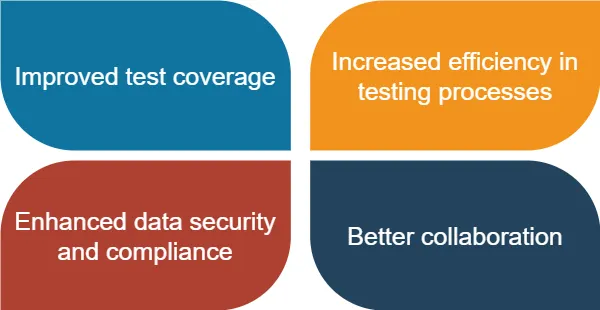
Introduction
In today’s fast-paced software development world, quality assurance is crucial. One often overlooked aspect of this process is test data management. This article will explore the basics of such data, its importance, and how it can improve your testing processes.
What is Test Data Management?
Test data management is the process of creating, organizing, and maintaining data used in software testing. It ensures that test data is accurate, consistent, and available when needed. This practice is essential for effective quality assurance and reliable test results.
Why is Test Data Important?
- Improved test coverage
- Increased efficiency in testing processes
- Enhanced data security and compliance
- Better collaboration among team members
Types of Test Data
When managing test data, it’s important to consider various types:
Real Data
Real data comes from production environments. While it’s authentic, it may contain sensitive information and require careful handling.
Synthetic Data
Synthetic data is artificially created to mimic real data. It’s beneficial for:
- Protecting sensitive information
- Creating edge cases
- Scaling test scenarios
Masked Data
Masked data is real data with sensitive information obscured. This approach maintains data relationships while protecting privacy.
DataSunrise offers excellent data masking capabilities. Make sure to understand these features, as they are a great way to create test data along with data generation.
Creating and Managing Test Data
Effective test data management involves several key steps:
1. Data Requirements Analysis
Identify the data needed for each test case. Consider:
- Data types
- Volume
- Relationships between data points
DataSunrise offers flexible data generation capabilities. It allows you to specify the volume of data to be generated and lets you choose a specific generator type for each column. This level of customization ensures that your test data accurately reflects your requirements. For example, we have the following tables for our application:
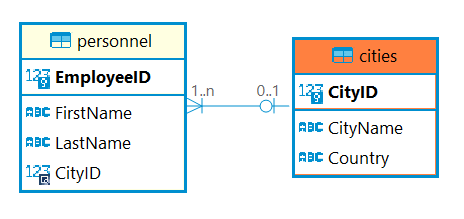
This is a DBeaver ER diagram (in crow’s foot notation). Here is the code to create these tables:
-- Create the Cities table CREATE TABLE Cities ( CityID INT PRIMARY KEY, CityName VARCHAR(100) NOT NULL, Country VARCHAR(50) NOT NULL ); -- Create the Personnel table CREATE TABLE Personnel ( EmployeeID INT PRIMARY KEY, FirstName VARCHAR(50) NOT NULL, LastName VARCHAR(50) NOT NULL, CityID INT, FOREIGN KEY (CityID) REFERENCES Cities(CityID) ); -- Insert sample data into Cities table INSERT INTO Cities (CityID, CityName, Country) VALUES (1, 'New York City', 'USA'), (2, 'London', 'UK'), (3, 'Tokyo', 'Japan'); -- Insert sample data into Personnel table INSERT INTO Personnel (EmployeeID, FirstName, LastName, CityID) VALUES (1, 'John', 'Doe', 1), (2, 'Jane', 'Smith', 2);
2. Data Generation
Create test data that meets your requirements. This may involve:
- Extracting and masking production data
- Using synthetic data generation tools
- Manually creating test data sets
In DataSunrise we create an Instance and create a Periodic Task having the type of ‘Synthetic Data Generation’. The system automatically tracks the foreign key relation. There is a nuance to work with it. Primary keys and foreign keys may be difficult to track.
And for performance reasons there is an option of truncating the table. You can check the corresponding box during the task creation. Here you can see the tables selected for data generation:
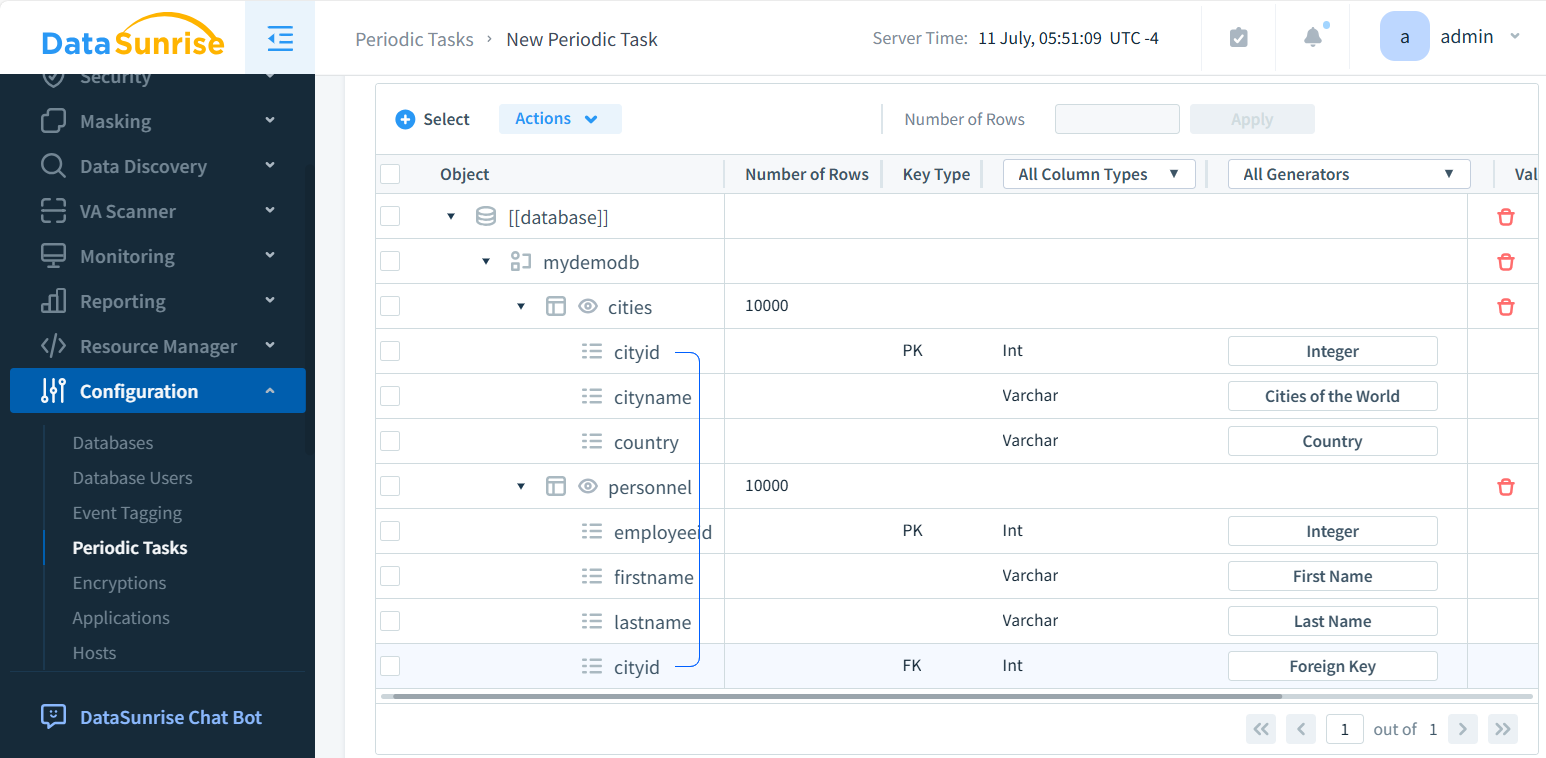
Here is a generated data (DBeaver table preview for both tables):
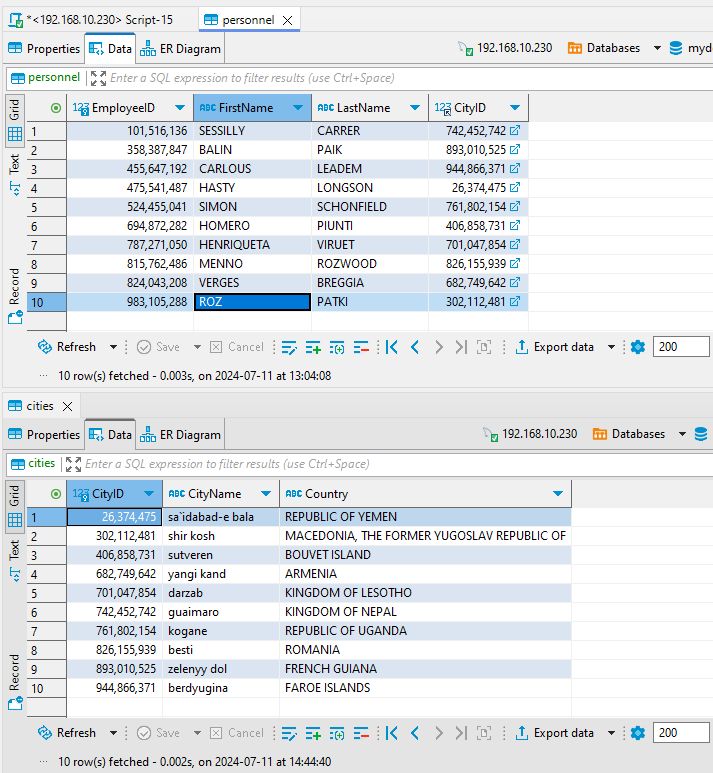
3. Data Storage and Version Control
Properly store and version your test data. This ensures:
- Easy access for testers
- Traceability of changes
- Consistency across test environments
4. Data Refresh and Maintenance
Regularly update your test data to:
- Reflect changes in production environments
- Remove outdated or irrelevant data
- Maintain data quality and relevance
DataSunrise allows you to monitor all periodic data generation tasks efficiently. Complicated tables can cause mistakes, so it’s helpful to have detailed reports for data tasks. Here’s an example of such a report:
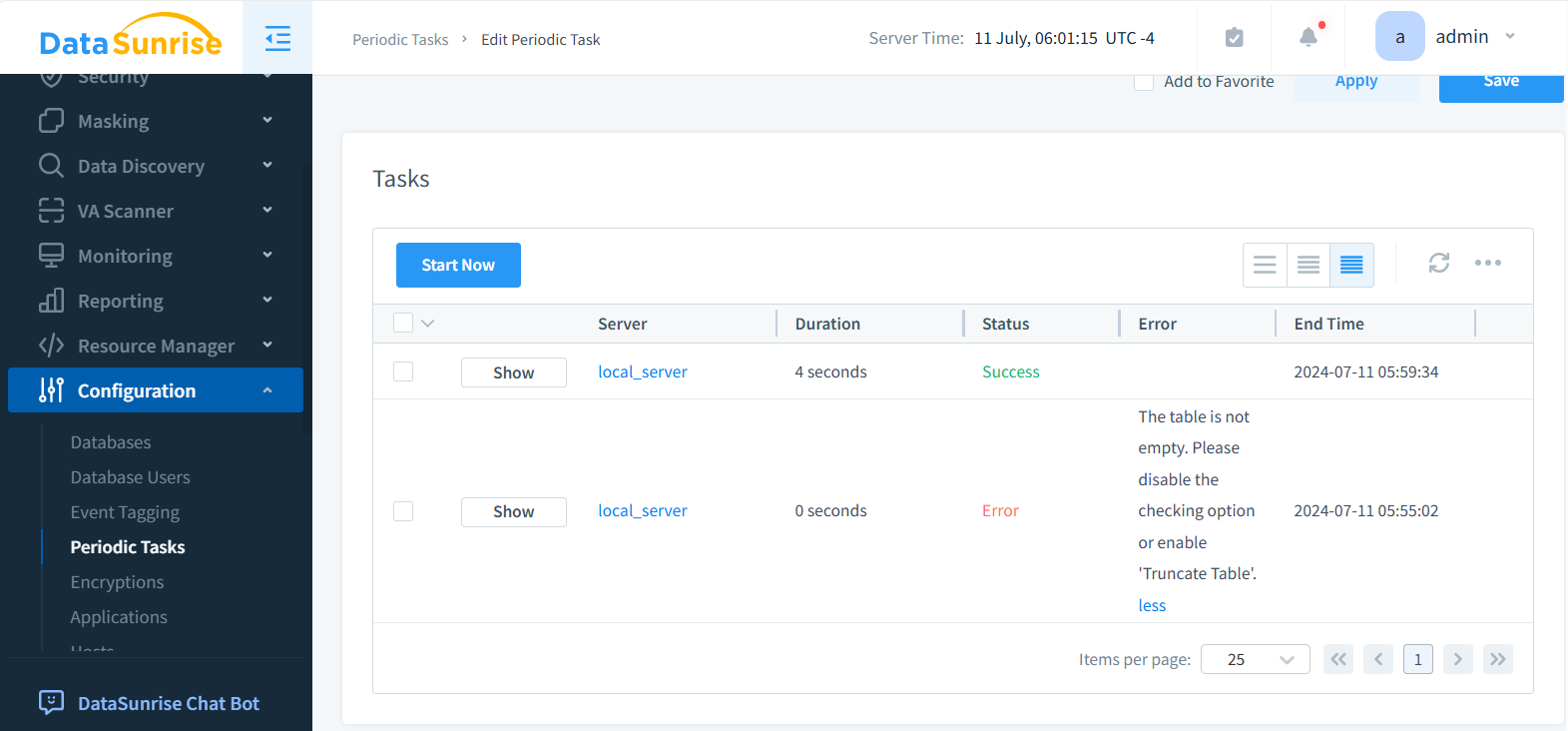
Examples of Test Data Management in Action
Let’s look at some practical examples of test data management:
Example 1: E-commerce Website Testing
Scenario: Testing a new feature for product recommendations
Test data required:
- User profiles (age, gender, location)
- Purchase history
- Product catalog
Setup:
- Create a test database with tables for users, products, and orders
- Generate synthetic user profiles using a data generation tool
- Create sample purchase histories based on user profiles
- Import a subset of the actual product catalog
Result: With this test data, you can effectively test the recommendation algorithm’s performance across various user segments and product categories.
Example 2: Banking Application Security Testing
Scenario: Testing access controls and data encryption
Test data required:
- User accounts with various permission levels
- Sample financial transactions
- Sensitive customer information (masked)
Setup:
- Create a test environment mirroring the production database structure
- Generate synthetic user accounts with different roles (admin, teller, customer)
- Create sample transactions using a data generation tool
- Import masked customer data from production
Result: This test data allows you to verify access controls, encryption processes, and audit trails without risking real customer information.
Managing Data Relationships in Test Data
Maintaining data relationships is crucial for accurate testing. Here are some tips:
- Use referential integrity constraints in your test databases
- Ensure foreign key relationships are preserved when generating synthetic data
- Create data generation scripts that maintain logical connections between entities
Example: When testing an order processing system, ensure that:
- Each order is associated with a valid customer
- Product quantities in orders don’t exceed available inventory
- Order dates align with customer registration dates
Best Practices for Test Data Management
To optimize your test data management process:
- Automate data generation and refresh processes
- Implement robust version control for test data sets
- Use data virtualization to reduce storage needs
- Regularly audit and clean up test data
- Ensure compliance with data protection regulations
- Document your test data management processes
Challenges in Test Data Management
While essential, test data management comes with its challenges:
- Balancing data volume with storage limitations
- Ensuring data privacy and compliance
- Maintaining data consistency across environments
- Keeping test data up-to-date with production changes
Addressing these challenges requires a combination of tools, processes, and organizational commitment.
The Future of Test Data Management
As software systems grow more complex, test data management will continue to evolve. Emerging trends include:
- AI-driven test data generation
- Cloud-based test data management solutions
- Integration with continuous testing pipelines
- Advanced data masking and synthetic data techniques
Staying informed about these trends can help organizations stay ahead in their quality assurance efforts.
Conclusion
Test data management is a critical component of effective software testing and quality assurance. By implementing robust test data practices, organizations can improve test coverage, increase efficiency, and ensure the reliability of their software products.
From creating synthetic data to managing complex data relationships, effective test data management requires careful planning and execution. Follow the tips in this article to improve your testing and deliver better software.
DataSunrise offers user-friendly tools for database security and test data management. These tools include a synthetic data generation tool. They are designed to simplify processes for users.
Visit the DataSunrise website to see a demo of our solutions. Our solutions can enhance your test data management and database security.
